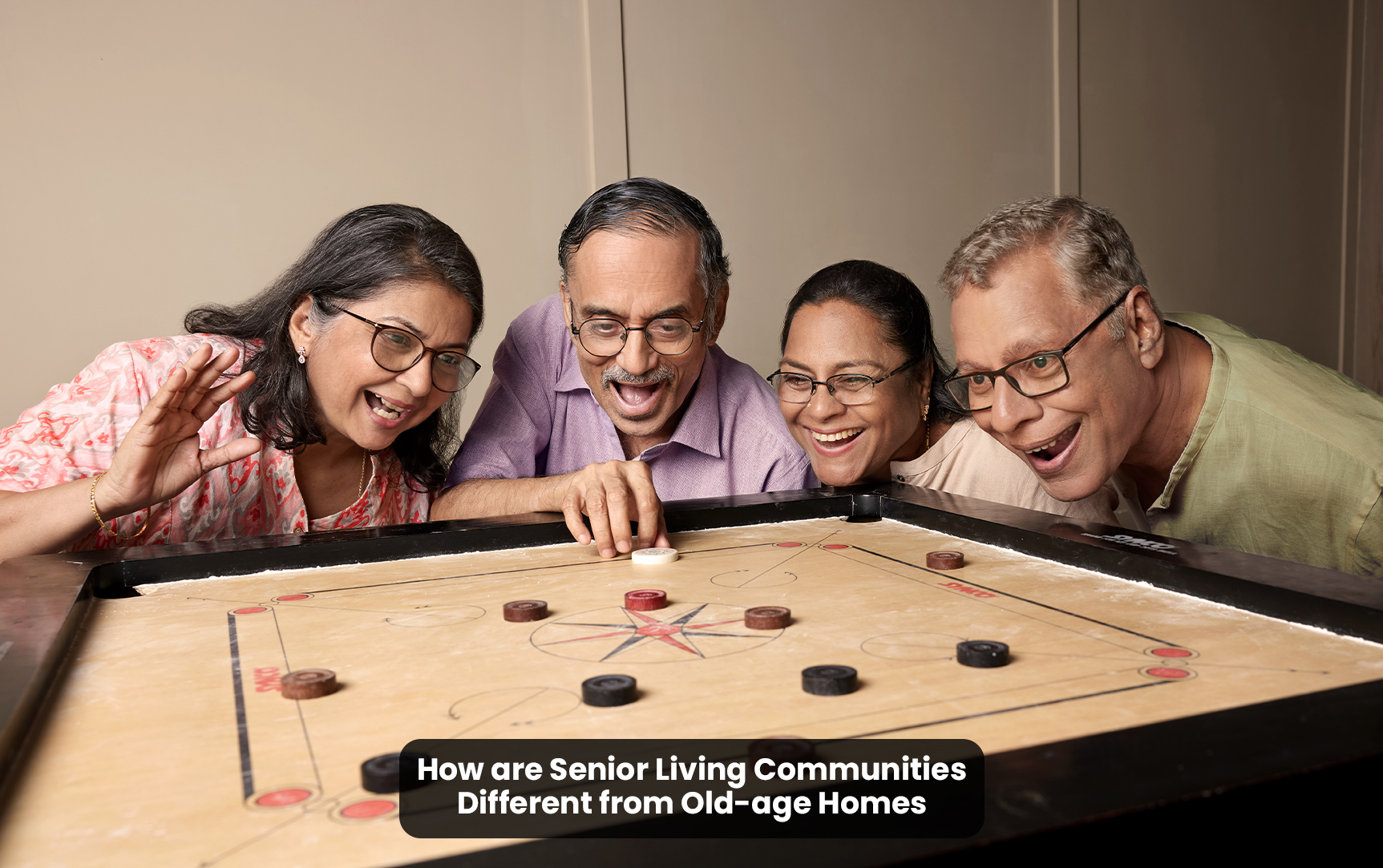
| Feature | Old-Age Home | Senior Living Community |
| Primary Focus | Medical care and supervision | Lifestyle, independence, and social engagement |
| Environment | Clinical, institutional | Home-like, community-oriented |
| Services | Primarily medical care and personal assistance | Comprehensive services, including dining, housekeeping, transportation, and social activities |
| Resident Profile | Typically, individuals with significant health challenges or requiring constant supervision | A diverse population with varying levels of independence and care needs |
The cost can vary depending on the specific community and the level of care required. However, senior living communities often offer a wider range of services and amenities, which may influence the overall cost.
Senior living communities often provide a range of services, including dining, housekeeping, transportation, and wellness programs. Some may also offer on-site healthcare services and assisted living options.
Many senior living communities offer specialised care for seniors with cognitive impairments, such as dementia. These communities often have trained staff and specialised facilities to meet the specific needs of these residents.
Senior living communities often offer a variety of social activities, including arts and crafts, fitness classes, outings, and social gatherings.
Yes, many senior living communities encourage residents to participate in volunteer activities and contribute to the local community.
Consider factors such as desired level of independence, care needs, lifestyle preferences, and budget. It may also be helpful to visit different communities and speak with staff and residents to get a better sense of the environment.
Consider the community’s atmosphere, amenities, services, and the quality of care provided. It’s also important to meet with the staff and residents to get their impressions.
Many senior living communities offer a continuum of care, allowing residents to transition to higher levels of care, such as assisted living or skilled nursing, as their needs evolve.
Ashiana, Ashiana Housing build homes. Homes surrounded by vast green spaces and fresh breeze. Homes cocooned in secured gated complexes. Homes where futures are forged and there are opportunities to grow. And Homes in environments brimming with healthy activity, trust and respect. At heart, we build communities with care.
Other posts by Ashiana
Join 1000+ of fellow readers. Get expert real estate knowledge straight to your inbox absolutely free. Just enter your email address below.